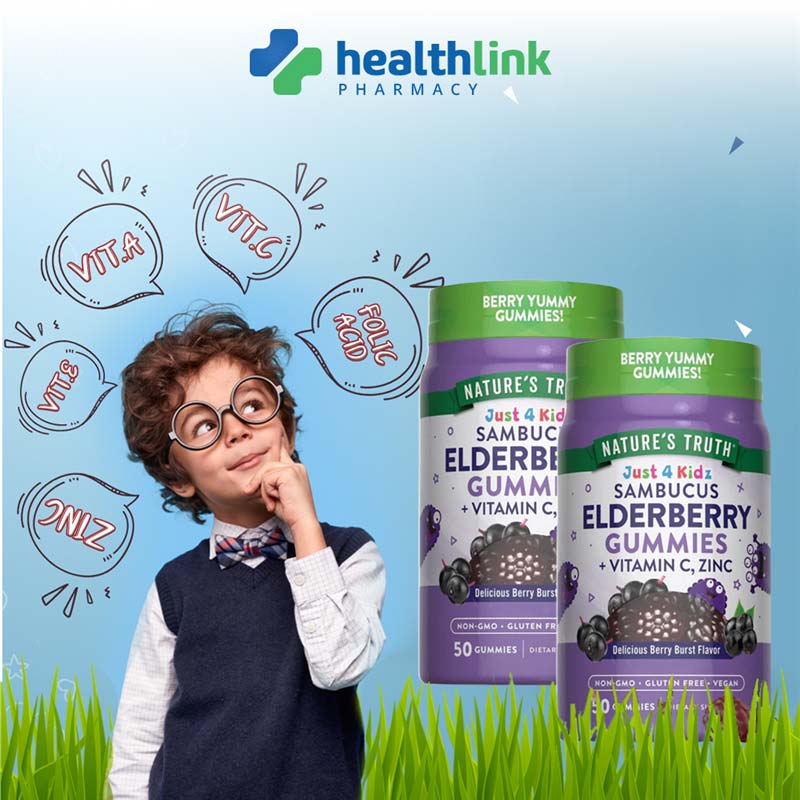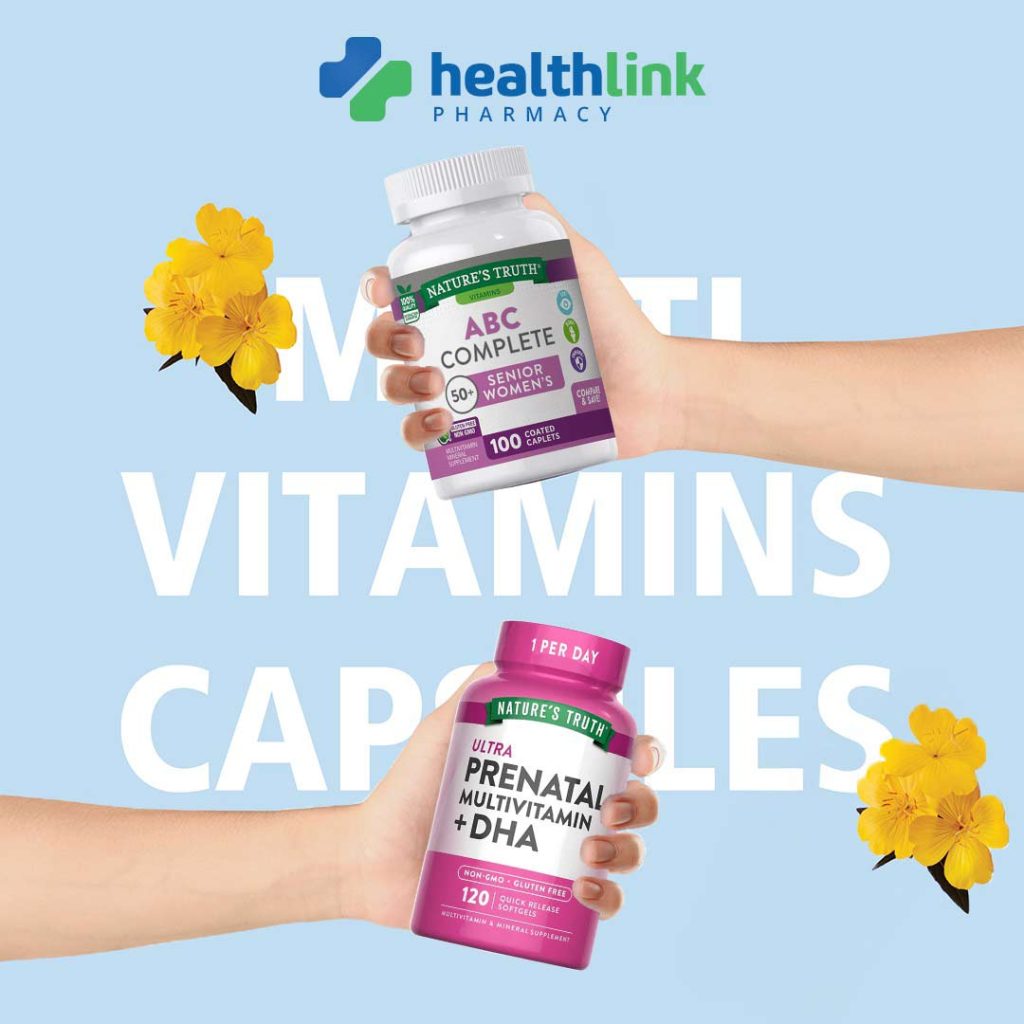When it comes to giving your child vitamins and minerals, parents face a surprisingly tough decision: gummy, liquid, or chewable? What may seem like a small detail actually plays a major role in how well your child absorbs the nutrients, enjoys the supplement, and sticks to a daily routine. Today’s marketplace offers a dizzying array of children’s supplements in colorful bottles with claims of superior taste and nutrition—but which format truly is the best for kids?

Introduction to Kids’ Supplements
Supplements are no longer just pills or capsules. With the explosion in children’s health products, formats like gummies, liquids, and chewables dominate the shelves. Each has its perks—and pitfalls. But choosing the right format can dramatically improve your child’s health outcomes and consistency in taking their daily vitamins.
Understanding Nutrient Needs in Children
Growing children need a mix of essential nutrients including vitamin D, calcium, iron, omega-3s, and B vitamins. The right format can help ensure these nutrients are effectively delivered and absorbed. Importantly, supplements should complement—not replace—a balanced diet.
Overview of Supplement Delivery Formats
Let’s break it down:
- Gummies: Fun, flavorful, candy-like. Most popular among picky eaters.
- Liquids: Fast-absorbing, customizable dosages. Ideal for infants and toddlers.
- Chewables: More traditional, dentist-recommended, often with less sugar.
Gummy Supplements for Kids
Gummy vitamins have taken over the market due to their delicious taste and resemblance to candy. But their strengths go beyond just flavor:

Pros:
- High compliance rates
- Easy to chew and swallow
- Often fortified with multiple nutrients
Cons:
- High sugar content
- Can stick to teeth (dental risk)
- Not ideal for kids with food sensitivities due to added colors/flavors
Liquid Supplements for Kids
Liquid vitamins are a parent’s go-to, especially for younger children who can’t chew or swallow tablets.
Advantages:
- Fast absorption in the digestive system
- Customizable dosing (via dropper or spoon)
- Excellent for babies and toddlers
Drawbacks:
- Taste isn’t always kid-friendly
- May require refrigeration
- Shorter shelf life
Chewable Supplements for Kids
Chewables strike a balance between gummies and traditional pills. They often come in fun shapes and flavors but contain fewer sweeteners than gummies.
Benefits:
- Dentist-approved
- Less sugar than gummies
- Long shelf life and stable nutrients
Challenges:
- Can be chalky or hard
- Some kids dislike the texture
- Slightly lower compliance than gummies
Palatability and Taste Considerations
When it comes to kids, taste is king. If it doesn’t taste good, they simply won’t take it. Gummy supplements usually win this round with their fruity, candy-like appeal. Chewables come next, though some children may complain about the “vitamin-y” aftertaste. Liquid supplements are hit or miss—some are cleverly flavored with natural fruit essences, while others might be outright rejected by picky eaters.

Absorption and Bioavailability
Absorption matters. A supplement isn’t helpful unless the nutrients actually reach the bloodstream. Liquids typically offer the highest bioavailability, since they don’t need to be broken down by stomach acid. Gummies and chewables follow closely but can vary depending on ingredients and the child’s digestion.
Parental Preferences and Concerns
Parents often weigh nutrient content, sugar levels, and convenience. Gummy supplements, while fun, are sometimes viewed as too sugary. Liquids are praised for their flexibility, especially in multi-child households. Chewables are often considered a happy medium with fewer artificial ingredients and longer shelf life.
Child Preferences and Compliance
Across the board, children show the highest compliance with gummy supplements. They enjoy the taste, texture, and fun shapes. Liquids often struggle with compliance unless mixed into juice. Chewables have moderate success depending on flavor and mouthfeel.
Dosage Control and Accuracy
Liquid supplements excel in this area. Using droppers or syringes, parents can tailor the dose to their child’s age and weight. Gummies and chewables come in fixed doses, which may not suit all age groups without over- or under-dosing.
Nutrient Stability and Shelf Life
Stability is essential for ensuring your child is getting the full intended dose. Chewables and gummies generally have longer shelf lives due to their dry composition. Liquids are more sensitive to heat and light, requiring refrigeration in some cases.
Allergen and Additive Awareness
Each format has potential allergens—gelatin in gummies, preservatives in liquids, and flavorings in chewables. Look for “clean label” versions of each, which avoid common allergens and unnecessary chemicals.
Dental Health Considerations
Dentists often warn against gummy supplements due to their sticky texture and sugar content, which can cling to teeth and promote cavities. Chewables are less damaging, while liquids pose the least threat if taken with water or during meals.
Portability and On-the-Go Use
Gummies and chewables are ideal for school lunches or travel. No measuring or refrigeration needed. Liquids, by contrast, are less travel-friendly and often require a measuring device or careful handling to avoid spills.
Cost Comparison
On average:
- Gummies: Mid to high range
- Liquids: Slightly cheaper per serving
- Chewables: Generally the most affordable
But remember, cheaper isn’t always better if the child refuses to take it.
Natural vs. Artificial Ingredients
Always read the label. Gummies often contain artificial colors and sweeteners, though many brands now offer natural alternatives. Liquids and chewables can be more straightforward, especially in organic or plant-based options.
Sugar and Sweetener Concerns
Gummy supplements often include sugar to enhance taste—sometimes up to 5 grams per serving! Chewables usually contain less, and liquids may avoid added sugars altogether in favor of stevia or other alternatives.
Vegan and Gluten-Free Options
All formats now offer vegan, dairy-free, and gluten-free options. However, gummies often contain animal-derived gelatin unless labeled otherwise. Chewables and liquids are easier to formulate vegan.
Preservatives and Additives
Liquids are more prone to containing preservatives to maintain shelf life. Chewables and gummies may contain binders and colorants, so look for options labeled “free from” artificial ingredients.
Choking Hazard Risk
For children under 3, gummy and chewable supplements can pose choking hazards. Liquids are safest for this age group. Always consult with a pediatrician before introducing supplements to infants or toddlers.
Ease of Custom Dosing
Liquids are clear winners for customizing doses based on age, health condition, or pediatric guidance. Gummies and chewables are more rigid with their dosing, which could limit flexibility for growing children.
Formulation Variety and Availability
Gummies lead the market in variety—from multivitamins to melatonin, probiotics to omega-3s. Liquids are popular in newborn or infant care products. Chewables offer less variety but are still available in major nutrients.
Recommended Brands for Gummy Supplements
- SmartyPants Kids Formula
- OLLY Kids Multi
- L’il Critters Gummy Vites
These brands balance taste, nutrition, and child-friendly appeal.
Recommended Brands for Liquid Supplements
- MaryRuth Organics
- NovaFerrum
- ChildLife Essentials
Trusted for their bioavailability and minimal additives.
Recommended Brands for Chewable Supplements
- Flintstones Chewables
- Nature’s Way Alive!
- Solgar U-Cubes
These brands have stood the test of time in both taste and trust.
Pediatrician Advice on Supplement Formats
Most pediatricians recommend liquid vitamins for infants and toddlers, and gummies or chewables for older children—provided sugar content and dietary restrictions are considered. The best format is the one your child will consistently take.
Case Study: One Week on Each Format
Parents testing each format over a three-week period reported:
- Gummies: 90% compliance, some dental concerns
- Liquids: 70% compliance, best for toddlers
- Chewables: 80% compliance, least sugar
Ultimately, the child’s taste preference played the biggest role in compliance.
Best Supplement Formats for Kids
There’s no one-size-fits-all answer. If taste and ease are most important, gummies shine. If dosing flexibility and absorption matter more, go with liquids. For a balance of health and convenience, chewables offer a happy medium.
FAQs
Are gummy supplements bad for my child’s teeth?
Yes, they can be. Gummies often contain sugar and can stick to teeth, increasing the risk of cavities.
Can I mix liquid vitamins into food or drink?
Absolutely. Liquid vitamins can be mixed into juice, milk, or food for easier administration.
Which supplement format is best for toddlers?
Liquid supplements are safest for toddlers due to choking hazard risks associated with gummies and chewables.
Are there sugar-free gummy vitamins?
Yes, several brands now offer sugar-free or low-sugar gummy vitamins using stevia or other alternatives.
How do I know which format my child will prefer?
Trial and observation are key. Let them sample different options if possible, and note which one they willingly take.
Do chewable vitamins work as well as gummies or liquids?
Yes, they can be equally effective if the child chews them thoroughly and they contain the necessary nutrients.
Conclusion
Choosing the best supplement format for kids depends on your child’s age, taste preferences, and nutritional needs. Whether it’s the fun and flavor of gummies, the flexibility of liquids, or the balanced approach of chewables, the goal is simple: a supplement your child will actually take consistently.
